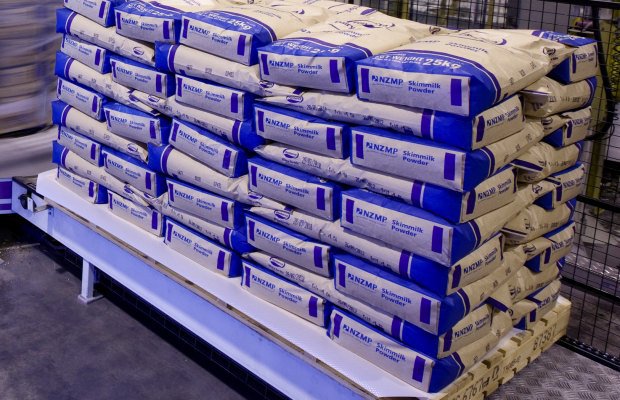The New Zealand dairy industry was relieved when Global Dairy Trade auctions snapped a six-month losing streak on September 7, the price index rising by 4.9%.
Prior to the latest auction the GDT index had fallen 30% since March and the various forecasts of this season’s farmgate milk price, including that of dairy industry heavyweight Fonterra, were looking shaky.
Prices for anhydrous milk fat leapt a startling 13.9% and the all-important whole milk powder average price rose 5.1%, underpinning the milk price estimates.
NZX dairy analyst Stu Davison said demand was stronger right from the start of the auction and Southeast Asian buyers predominated as China continues to suffer covid lockdowns.
“This result should also be a clear signal that some in the market are likely starting to price in an expected lack of milk supply,” he said.
Futures markets expectations are giving clear upward signals to the physical market, something that hasn’t happened in the previous 10 auctions.
But Davison suggested the market hasn’t adequately priced in the energy issues in Europe and the lack of milk flows – therefore the market could see higher prices in coming months.
Westpac senior agri economist Nathan Penny said the worsening global dairy supply outlook, including from New Zealand, combined with the 4.9% GDT rise, has flipped his $9.25/kg milksolids forecast into upside risk.
“If anything, the lift in prices has come earlier than we had anticipated.”
July milk production in NZ was down 5.5% compared with July 2021 and anecdotally that weakness continued into August and September.
When trying to predict the NZ season outcome, he thought that last season’s 4% drop would be followed by a rebound, but there are downside risks to that forecast, he said.
Jarden head of derivatives Mike McIntyre said it was pleasing to see widespread interest across the board supplementing the tepid demand out of China.
A weaker yuan against the US dollar may have contributed to China’s lower demand.
On the upside for the milk price, the NZ dollar has fallen to near US60c and that boosted all incoming dairy revenues, either in real prices or exchange rate hedges.
ASB economist Nat Keall also highlighted the NZD, saying that “very tight dairy supply, relatively resistant demand and a favourable NZD/USD exchange rate remain a recipe for a strong farmgate milk price”.
“Prices have risen solidly at the GDT auction in line with our long-held view, and we expect further gains on the way, Keall said.
Keall listed the constraints on global milk production: high input costs, logistical challenges, staffing shortages, unseasonably unfavourable weather in key producing regions and difficulty navigating regulatory change.










